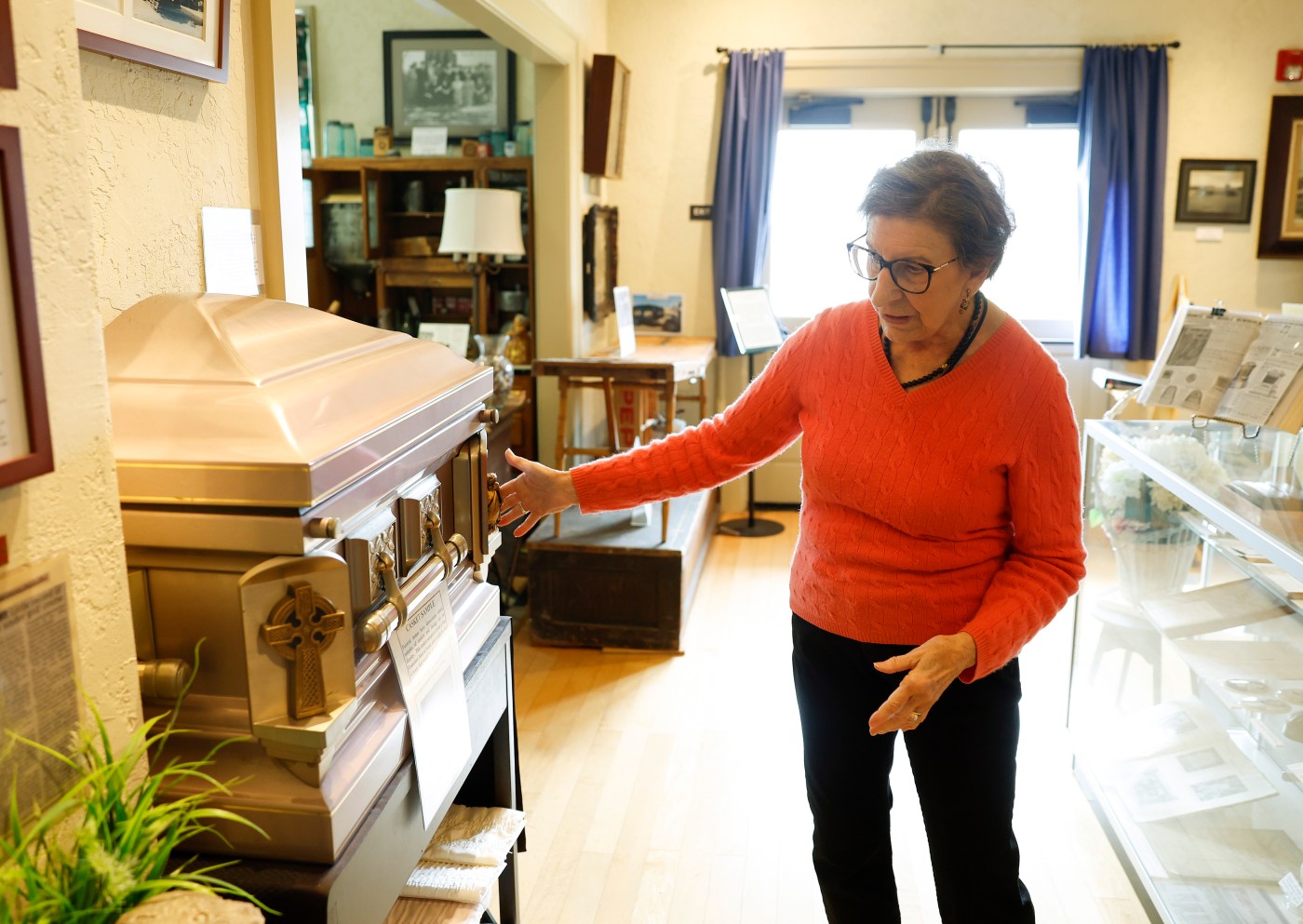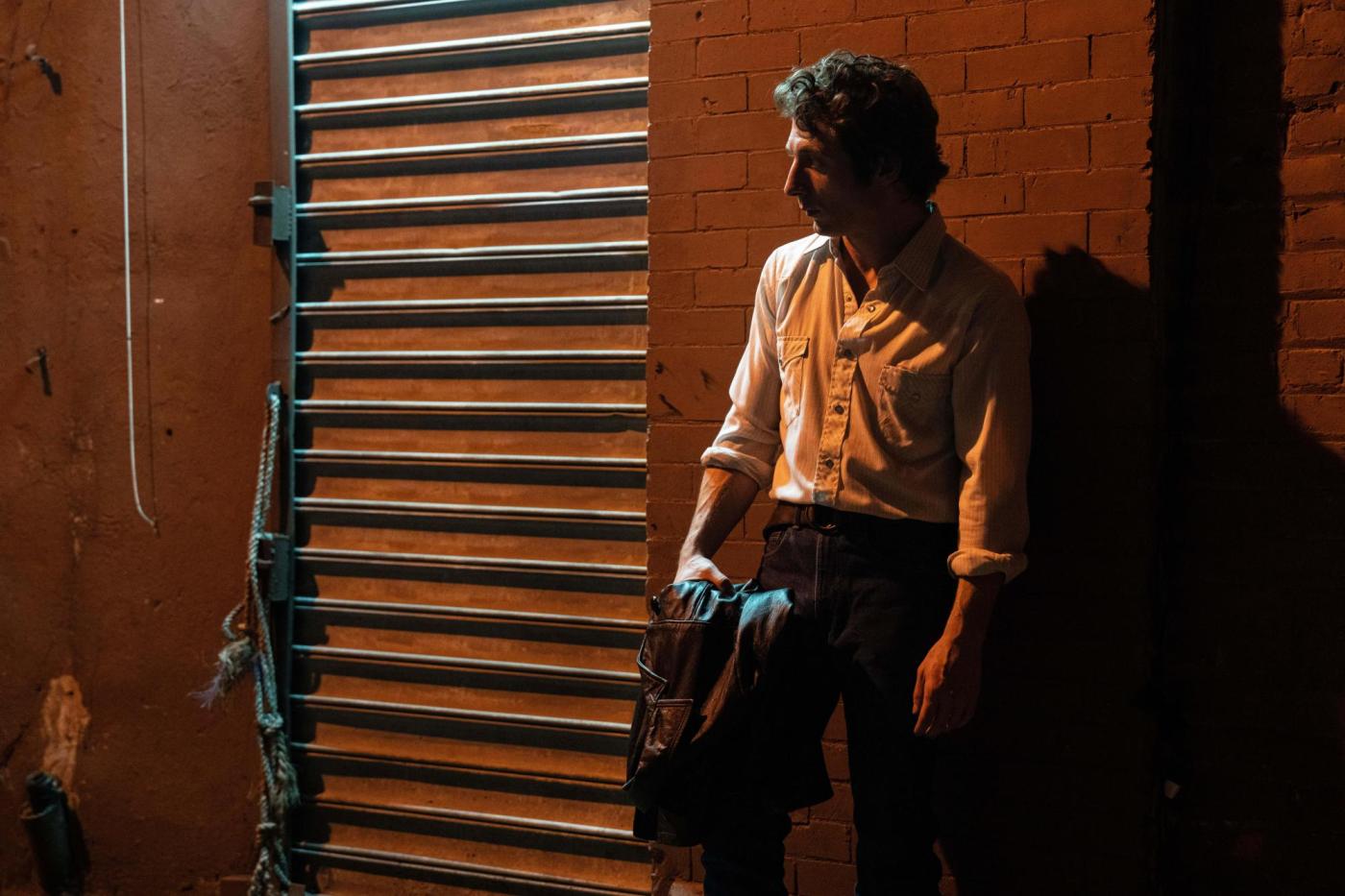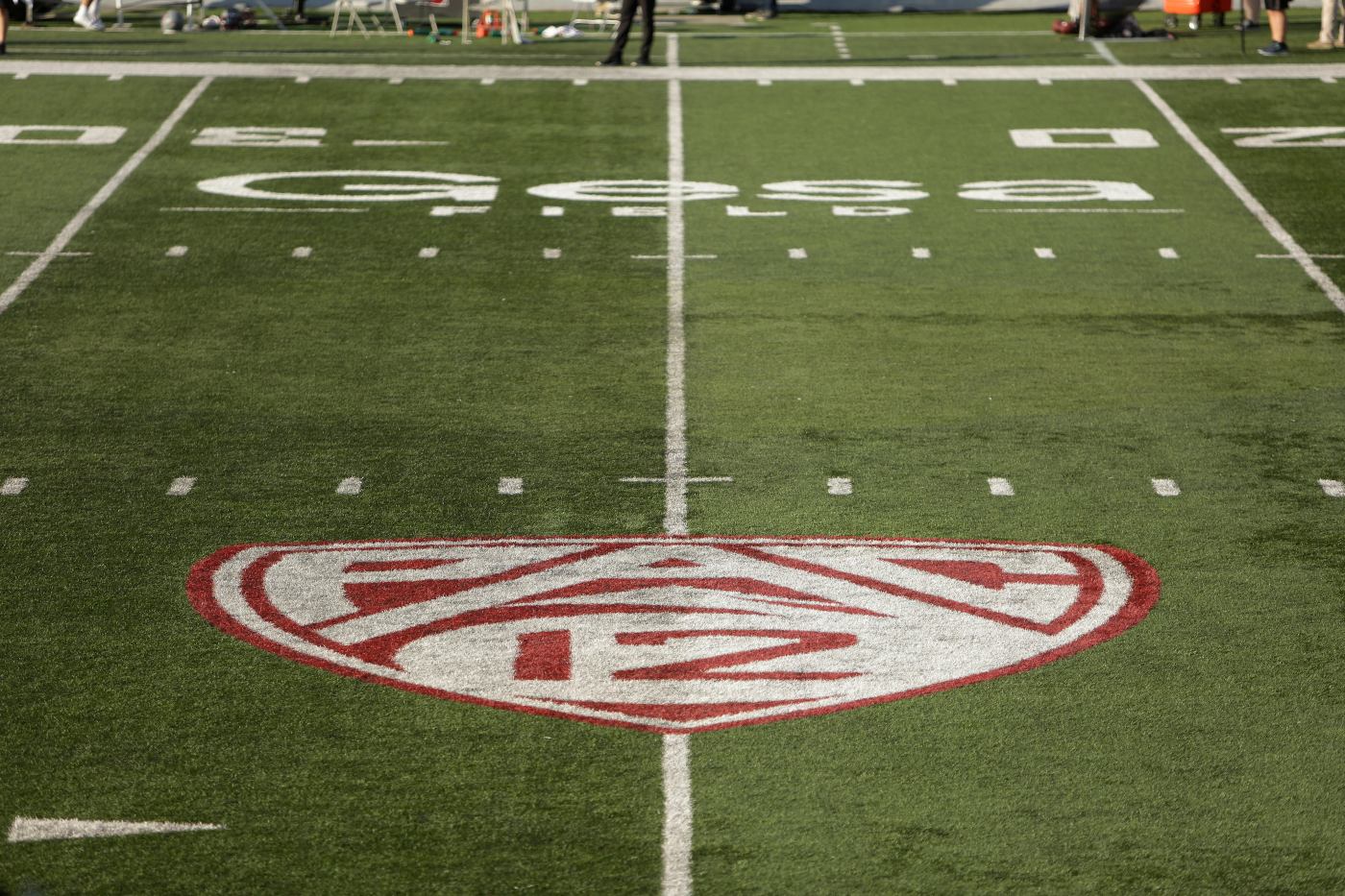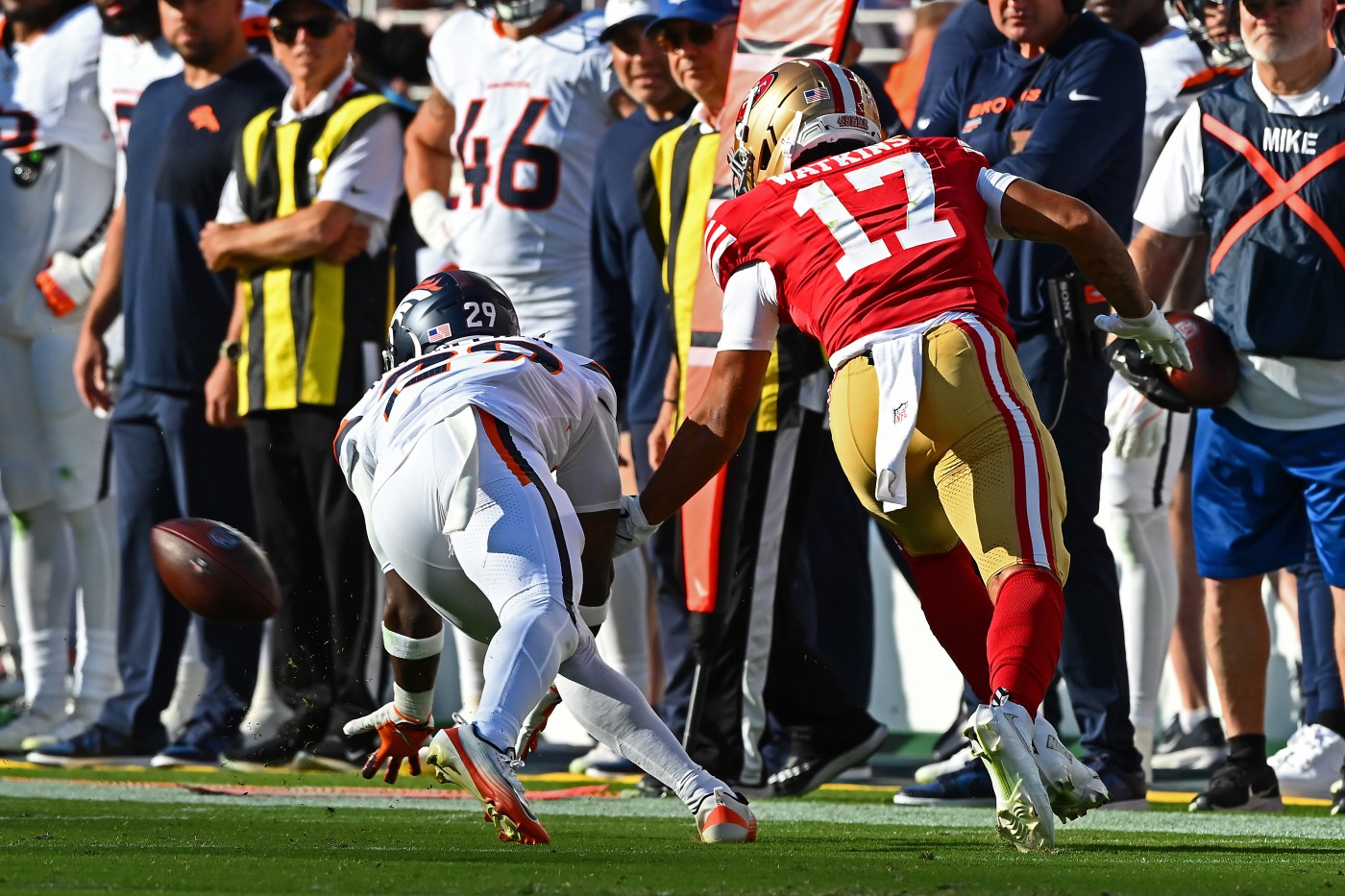With only about 1,700 residents, the Peninsula town of Colma considers itself small — but that’s only if you count the living. Add the dead, and it becomes the Bay Area’s largest “city,” home to more than 1.5 million eternal residents buried across 17 historic cemeteries.
Known as the “City of Souls,” Colma is shaped as much by its dead as its living. Children play among headstones, and locals see ornate mausoleums daily on their way to run errands; the graveyards woven into public life as parks and libraries are in other cities.
Headstones at the Home of Peace Jewish Cemetery in Colma, Calif., on Thursday, Oct. 23, 2025. (Nhat V. Meyer/Bay Area News Group)
A longtime resident since 1977 and city councilmember, Helen Fisicaro said the view from her home — framed by acres of memorial parks — has never been unsettling.
“It’s very calming,” she said. “We raised our kids here, and they never thought anything different of it. I remember when I had a Girl Scout troop, we took a walk to the Italian Cemetery to see the old section, where you’d find photos of young people on their gravestones — dressed in the clothes they wore in life.”
Colma’s cemeteries have also become tourist destinations in their own right.
Guided trolley tours through the memorial parks often sell out weeks in advance — especially as Halloween and the Catholic observances of All Saints and All Souls draw near in October.
A major attraction for those that visit from across the country is the graves of some of America’s most famous figures.
Fans still leave baseballs at the tombstone of New York Yankees hall of famer Joe DiMaggio at Holy Cross Catholic Cemetery, more than 25 years after his death. Meanwhile, visitors leave pebbles and coins at the marker for Wild West legend Wyatt Earp, who died in 1929, in a nod to the Jewish tradition of marking a visit to a grave at the Hills of Eternity Memorial Park.
These two icons are among many well-known names buried in Colma.
Levi Strauss, founder of the world-famous denim brand, rests nearby at the Home of Peace Jewish Cemetery. Not far away, “Emperor” Joshua Norton — the self-proclaimed ruler of the United States and a beloved 19th-century San Francisco character — lies at Woodlawn Cemetery. Even newspaper titan William Randolph Hearst rests in an unmarked mausoleum at Cypress Lawn Memorial Park.
An extensive list of notable tombs can be found at the Colma Historical Museum on Hillside Boulevard. The museum embraces the town’s unique role as a final home after one’s life, showcasing everything from early-20th-century embalming equipment to the tombstones of 19th-century San Francisco residents — once sold in a Santa Cruz consignment shop and advertised as Halloween decorations.
A large number of eternal residents exists because Colma became the place where San Francisco moved its dead in the early 1900s.
Originally an agricultural town, cemeteries began to take root in Colma after a 1901 ordinance banned new burials within San Francisco’s city limits, a decision driven by limited real estate and a booming population. While Holy Cross Catholic Cemetery had opened earlier in 1887, it was the subsequent mass relocations prompted by the ban that cemented Colma’s identity as the “City of Souls.”
In January 1914, eviction notices went out to every San Francisco cemetery, ordering them to remove their bodies and monuments, according to the Colma Historical Association. The reburials began in the 1920s and peaked in the 1940s, after San Francisco voters formally approved the eviction of the dead in 1937.
A newspaper clipping from March 28, 1924 at the Colma Historical Museum in Colma, Calif., on Thursday, Oct. 23, 2025. (Nhat V. Meyer/Bay Area News Group)
“It was a difficult job,” said Maureen O’Connor, president of the town’s historical association, showing archived photos and newspaper clippings of the laborers who exhumed San Francisco’s dead and moved them to Colma.
O’Connor highlighted that today, Colma’s cemeteries reflect the region’s diversity, with burial grounds honoring a wide range of cultural and religious traditions — including Catholic, Italian, Serbian, two Chinese, Japanese, and Greek Orthodox cemeteries — as well as others that serve all faiths, income levels, and even pets.
Though Colma has embraced its identity, adopting “It’s great to be alive in Colma” in the 1980s, O’Connor said it offers a distinctive quality of life for its residents.
“This is a very peaceful place to live,” said O’Connor, who has been a resident since 1981. “It’s also very safe. And it’s like living in a small town, but near the advantages of a large metropolitan area.”
Maureen O’Connor, president of the Colma Historical Association, talks about the museum at the Colma Historical Museum in Colma, Calif., on Thursday, Oct. 23, 2025. (Nhat V. Meyer/Bay Area News Group)
Related Articles
Today in History: October 26, Newborn receives baboon heart in experimental transplant
Today in History: October 25, Teapot Dome Scandal conviction
The Bay Area donors that are helping pay for $300 million White House ballroom
Today in History: October 24, the United Nations officially launches
Photos: See how White House looks after East Wing completely demolished
The town’s reputation as a cemetery city is not without challenges, however.
A majority of cemeteries operate as nonprofits and contribute minimally to the town’s tax base. But the essential funeral-related businesses that support them — including morticians, flower shops, and embalmers — provide economic activity and livelihood for residents of Colma and nearby areas.
Beyond the funeral sector, Colma has worked to build a more diverse economy in recent years.
The local economy diversified further in the 1970s and ’80s with the opening of its first major retail centers: the Serra Center, the 280 Metro Center along Junipero Serra Boulevard, and “auto row” on Serramonte Boulevard, according to the town’s official website.
The opening of Lucky Chances Casino in 1998 also boosted local tax revenues. The casino is known as perhaps the only place in the Bay Area to get a 24-hour Filipino breakfast at its restaurant, Café Colma.
Even with a small population, Fisicaro said, Colma depends on diverse revenue streams to support its residents and the thousands of daily visitors who pass through town.
“I know we’re small, but we have between 30 and 50,000 people come through every day,” Fisicaro noted. “So you have to take care of those visiting as well.”
And she wants those visitors to know that Colma is not just a place for the dead.
“It’s nice to have people realize Colma is a good place to live and work and play,” Fisicaro said.





